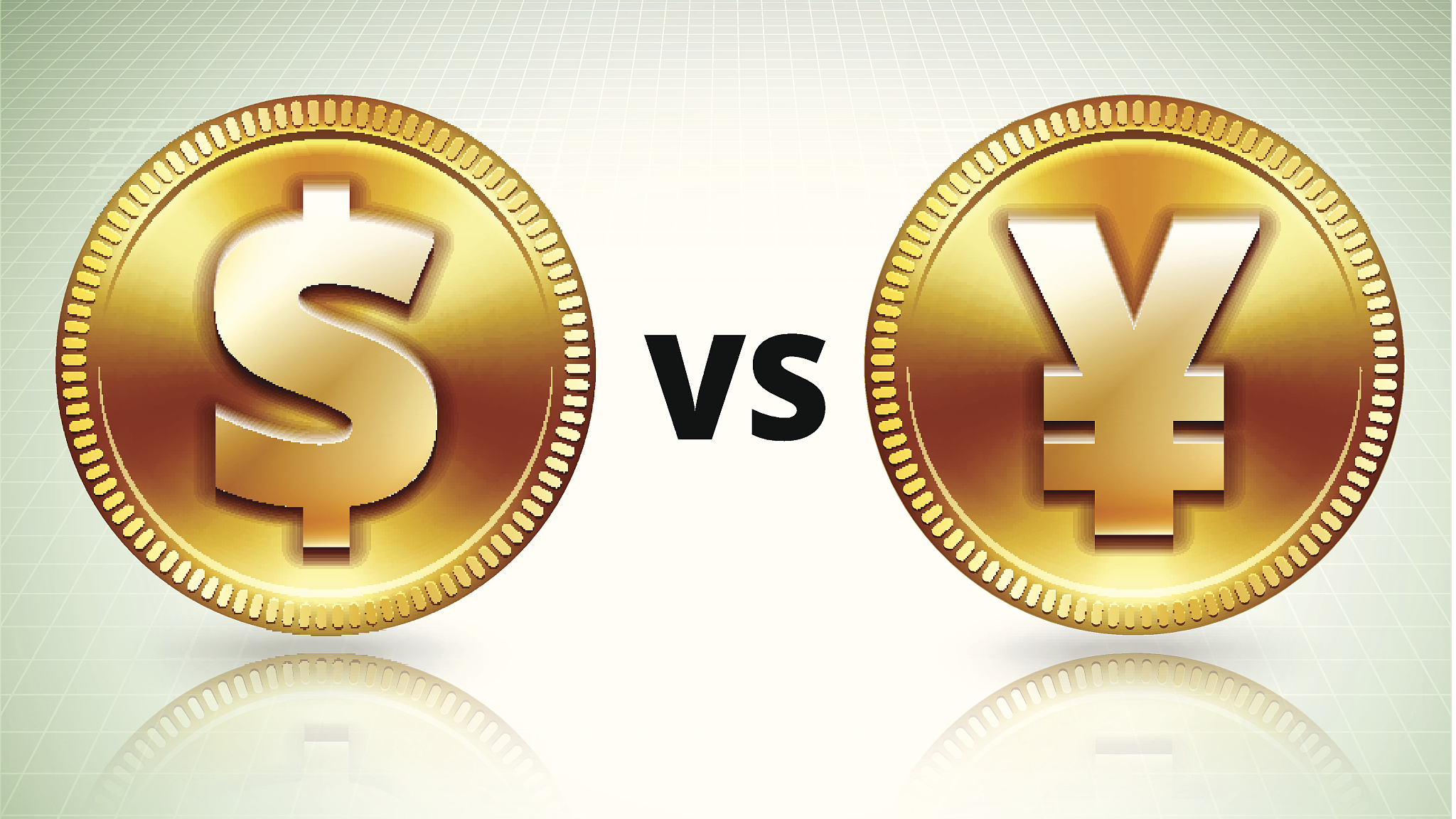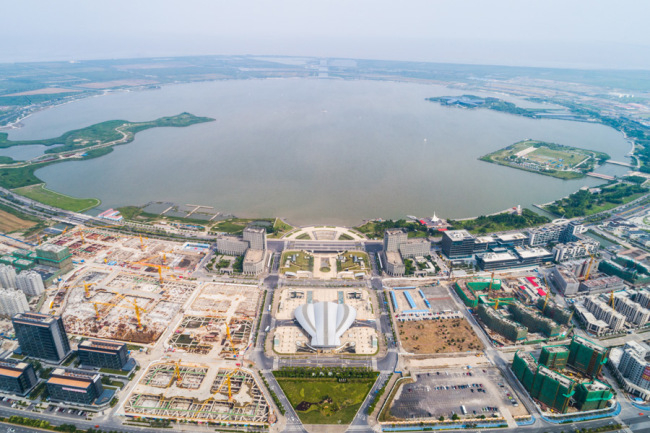

Editor's note: The article was first published by China Plus on August 29, 2019. The article does not necessarily reflect the views of CGTN.
Washington has been pressing Beijing for trade concessions by imposing tariffs on imports from China. Months into the dispute, it's obvious that the United States has underestimated China's determination and capacity to safeguard its national interests and that Washington's misjudgments are leading it to make decisions that could be detrimental to the economic health of the United States.
Beijing has repeatedly voiced its unwillingness to get involved in a trade war. But it has also made it abundantly clear that it's not afraid of fighting one if that's what it needs to do. Faced with escalating provocations by the United States, China has responded with three rounds of countermeasures. This was an inevitable response from Beijing, said John Ross, a former director of economic and business policy for the mayor of London. Behind Beijing's decision to hit back is the confidence provided by the country's enormous development potential and the leeway the government has in managing the domestic economy.
Consumption has become the biggest driving force of economic growth in China. Many of the products that were exported to the United States can be sold in the domestic market, giving the country's 1.4 billion consumers greater purchasing choice. And with the government promoting balanced development by cultivating new sources of growth in hinterland areas, export-oriented companies affected by Washington's additional tariffs can embrace the opportunities provided by these newly thriving regions.
The government's strategy to encourage more diversity in China's trading partners has also helped to bolster the country's capacity to deal with the trade frictions with the United States. Last year, China's imports and exports to emerging markets accounted for nearly 58 percent of its foreign trade. And trade with Belt and Road countries made up 27.4 percent of total trade last year, 2.4 percentage points higher than what was recorded five years ago when the initiative was launched.

China's State Council approved a plan to include Lingang New Area in the Shanghai Pilot Free Trade Zone, August 6, 2019. /VCG Photo
The country's ongoing reforms and continuing opening-up are also serving as a cushion against the negative impacts caused by the trade disputes with Washington. It has issued a revised negative list, which has the effect of further reducing the number of industry sectors closed to foreign investment. It has also introduced the new Foreign Investment Law and established more pilot free trade zones across the country. Thanks to measures such as these, in the first seven months of this year, foreign investment in China was up 7.3 percent over the same time last year, despite the general slowdown in global foreign direct investment.
China has expressed its desire to resolve the trade disputes with the United States through fair and reasonable negotiations, and it resolutely opposes any escalation of the conflict. But China's willingness to talk shouldn't be interpreted by decision makers in Washington as a sign of weakness – Beijing is determined to defend China's national interests. Further attacks on China's economy are destined to fail to have the desired effect, and leave Washington open to misjudgments that could be detrimental to the health of the domestic economy in the United States.
(If you want to contribute and have specific expertise, please contact us at opinions@cgtn.com.)

Copyright © 2018 CGTN. Beijing ICP prepared NO.16065310-3
Copyright © 2018 CGTN. Beijing ICP prepared NO.16065310-3